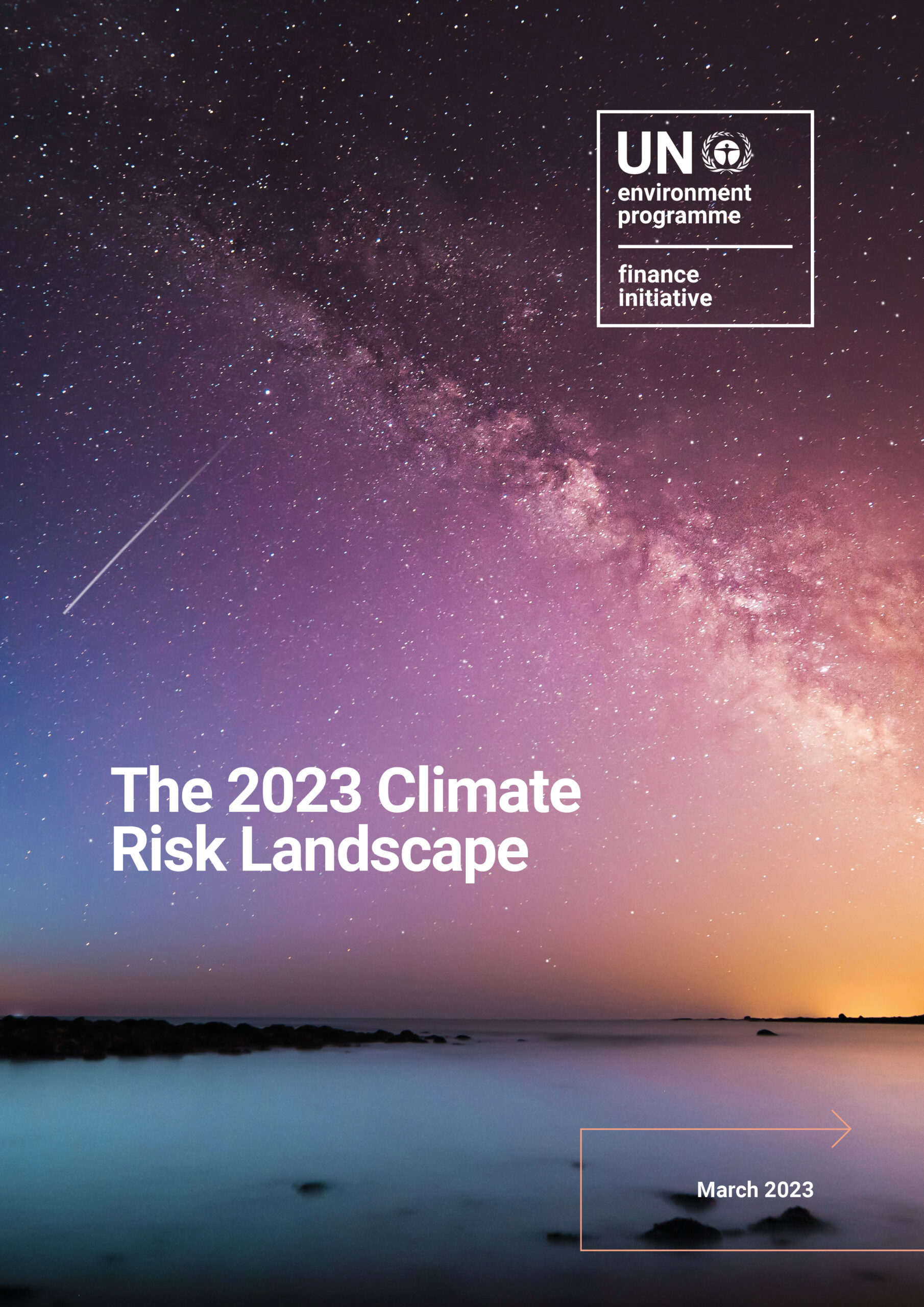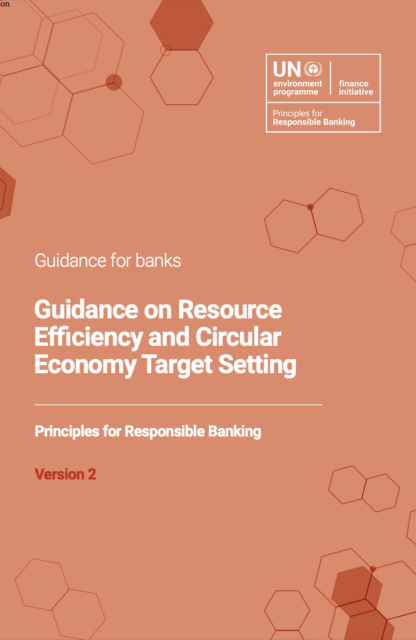Our current linear economic system is based on a take-make-waste model which relies on resource extraction and depletes natural capital. Such practices severely worsen the global challenges of climate change, biodiversity loss and pollution, and resource use is estimated to double by 2050 under a business-as-usual scenario.
The transition to a circular economy plays a vital role in achieving the UN Sustainable Development Goals and the Paris Climate Agreement. By adopting circular principles, companies can create value for their stakeholders while contributing to the global effort to achieve the UN Sustainable Development Goals and the goals of the Paris Climate Agreement.
Building on the first edition of the Guidance on Resource Efficiency and Circular Economy Target Setting, the Principles for Responsible Banking (PRB) Working Group on Resource Efficiency and Circular Economy produced an updated version of the resource,
Building on the Financing Circularity: Demystifying Finance for Circular Economies report published in October 2020, this Guidance is specially designed for PRB signatory banks who have identified resource efficiency or any closely related impact area as a significant impact area. It is also beneficial to any banks who are working on climate and / or biodiversity targets, as building a circular economy can significantly contribute to achieving these targets.
Taking into account UNEP FI member banks, experts and civil society organisations’ feedback on the first edition of the guidance, this guidance includes a common pathway to impact and core indicators to guide good practices in the banking sector, measure progress, and foster active collaboration to drive results for people and the planet. It has been designed to ensure that all PRB signatory banks, regardless of geography and size, can understand how to offer financial products and services that will increase the circularity of their clients’ activities.



